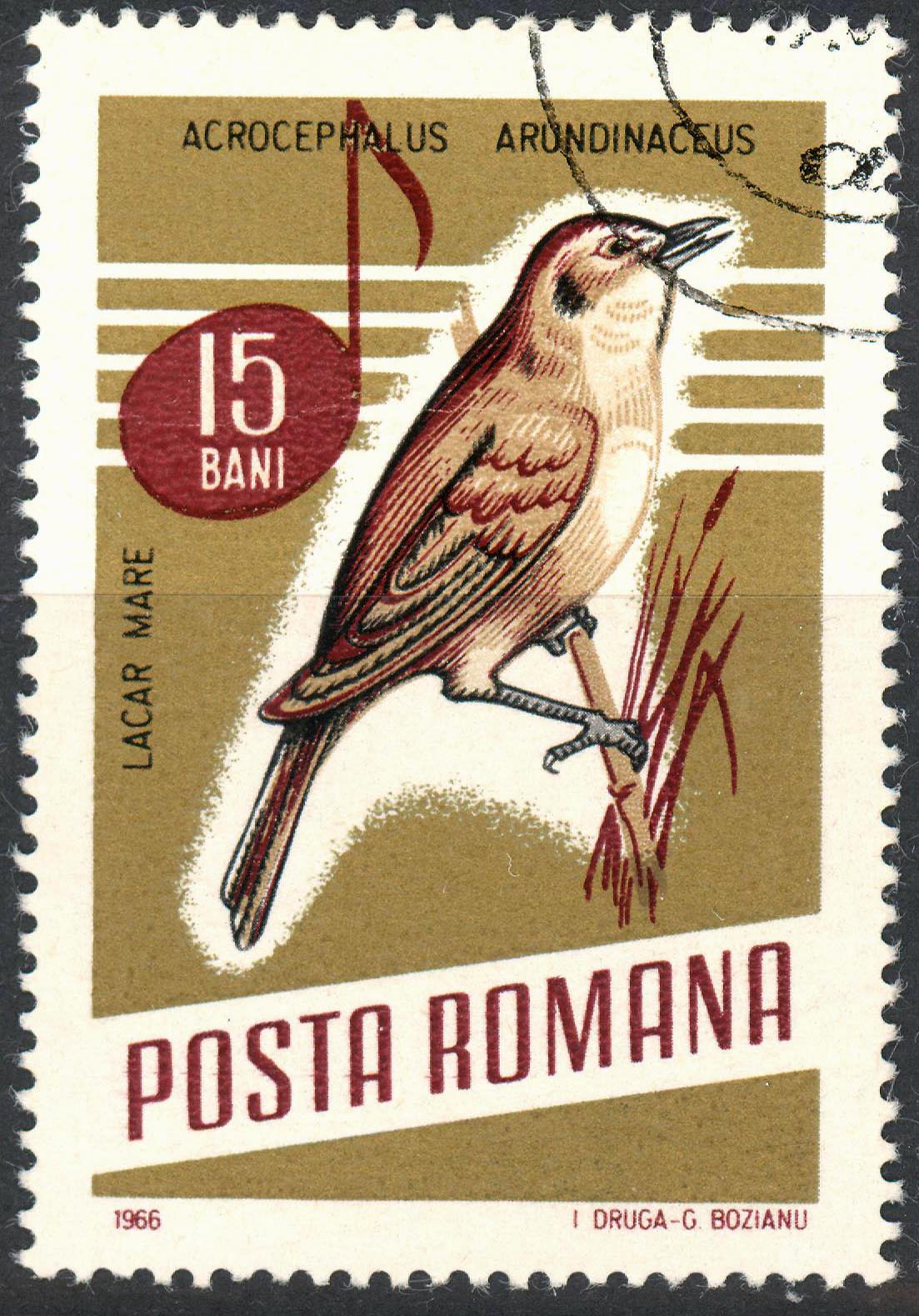Romania #1841 (1966) – European Robin (Erithacus rubecula)
$0.35
Romania #1841 (1966) – European Robin (Erithacus rubecula)
Description
Romania #1841 (1966) – European Robin (Erithacus rubecula)
The European Robin (Erithacus rubecula) is a small and widely recognized songbird that belongs to the family Turdidae. Here’s some information about the European Robin:
- Distribution: European Robins are found throughout Europe, including the British Isles, as well as parts of western Asia and North Africa. They are also known to inhabit some regions in the Canary Islands.
- Physical Description: European Robins are known for their distinctive appearance. They have a bright orange-red or “robin-red” breast and face, with a gray-brown upper body and a white belly. This combination of colors makes them easily identifiable.
- Habitat: These birds are versatile in terms of habitat and can be found in a wide range of environments, including woodlands, gardens, parks, and urban areas. They are often associated with human habitation due to their habit of nesting near buildings and gardens.
- Behavior: European Robins are known for their bold and territorial behavior. They have a melodious song and are one of the few birds that sing throughout the year, not just during the breeding season. They are also known for their distinctive warbling calls.
- Diet: Their diet primarily consists of insects, spiders, and other small invertebrates. During the winter, when insects are less abundant, they may feed on berries and other fruits.
- Breeding: Robins build cup-shaped nests made of leaves, moss, and feathers, often in concealed spots such as hedges, shrubs, or buildings. They lay a clutch of 4-6 eggs, and both the male and female share incubation duties and raising the chicks.
- Migratory Behavior: European Robins are generally non-migratory birds. However, some individuals from the northernmost parts of their range may migrate south during the winter months in search of milder conditions.
- Conservation: The European Robin is not a globally threatened species and is widely distributed throughout its range. Their adaptability to human-modified landscapes, such as gardens and parks, has helped sustain their populations. However, they can face threats from habitat loss and environmental changes.
European Robins are iconic birds in Europe, known for their charming appearance and sweet songs. They are a favorite among birdwatchers and are often associated with the festive season due to their presence in winter gardens.
Ready to ship in 3-5 business days from United States (US)
Additional information
| Condition | |
|---|---|
| Country | |
| Scott Number | |
| Stamp Format | |
| Stamp Type | |
| Year of Issue |

















